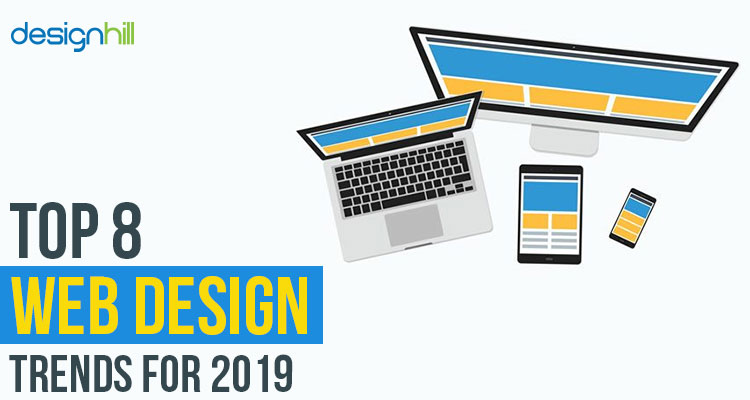Fascinated In Finding Out Just How Web Site Style Has Evolved Over The Years? Check Out The Journey From Straightforward Layouts To User-Centered Strategies
Fascinated In Finding Out Just How Web Site Style Has Evolved Over The Years? Check Out The Journey From Straightforward Layouts To User-Centered Strategies
Blog Article
Created By-Hartley Clarke
In the past, sites were basic and focused on info. Navigation was straight, and style was for desktop computers. Now, individual experience is essential. Data guides styles for easy navigation. Receptive designs fit different gadgets. Today, dark setting decreases strain, and minimalist menus boost navigation. Interactive attributes involve individuals, and bold visuals stick out. AI assimilation improves interaction. See just how layout has actually progressed to improve your on the internet trip.
Early Days of Website Design
In the early days of website design, simpleness reigned supreme. Websites were standard, with minimal shades, font styles, and formats. The emphasis was on supplying info rather than flashy visuals. Individuals accessed the internet with slow dial-up links, so rate and performance were crucial.
Navigation menus were straightforward, normally located on top or side of the page. Websites were designed for desktop computers, as mobile surfing wasn't yet widespread. Material was king, and developers prioritized easy readability over complex design elements.
HTML was the main coding language used, and developers had to function within its restraints. Animations and interactive attributes were marginal contrasted to today's criteria. Web sites were static, with little dynamic web content or individualized customer experiences.
Surge of User-Focused Layout
With the evolution of web site layout, a change towards user-focused style principles has actually ended up being progressively prominent. Today, producing websites that prioritize user experience is essential for involving site visitors and accomplishing company objectives. User-focused design involves understanding the demands, choices, and actions of your target market to customize the web site's design, content, and features as necessary.
Developers now carry out complete research study, such as customer surveys and usability testing, to gather understandings and feedback straight from users. This data-driven strategy assists in developing user-friendly navigating, clear calls-to-action, and visually attractive interfaces that resonate with site visitors. By putting the individual at the center of the design procedure, websites can deliver a more personalized and delightful experience.
Receptive design has additionally emerged as an essential facet of user-focused style, ensuring that web sites are enhanced for numerous devices and display dimensions. This flexibility boosts access and use, dealing with the varied methods individuals engage with web sites today. In essence, the surge of user-focused layout signifies a change towards producing electronic experiences that focus on the requirements and assumptions of the end customer.
Modern Trends in Web Design
Check out the most up to date patterns shaping website design today. One prominent pattern is dark mode design, providing a sleek and contemporary look while decreasing eye stress in low-light settings. An additional crucial pattern is minimal navigating, streamlining menus and boosting individual experience by concentrating on essential elements. Incorporating micro-interactions, such as animated buttons or scrolling impacts, can develop a much more appealing and interactive internet site. Receptive design continues to be essential, making sure smooth user experiences throughout different gadgets. Additionally, making use of vibrant typography and unbalanced designs can add visual interest and draw attention to details content.
Incorporating click this site , like chatbots for customer assistance or individualized suggestions, boosts customer interaction and enhances procedures. Access has likewise come to be a significant pattern, with designers focusing on comprehensive design techniques to deal with diverse customer requirements. Accepting sustainability by enhancing internet site performance for speed and effectiveness is another emerging trend in website design. Collaborating with customer responses and data analytics to iterate and improve style continuously is vital for staying appropriate in the ever-evolving electronic landscape. By accepting these modern-day patterns, you can develop an aesthetically attractive, easy to use site that resonates with your audience.
Verdict
As you reflect on the development of web site layout from the very early days to currently, you can see exactly how user-focused style has become the driving force behind modern fads.
Welcome the trip of adjustment and adjustment in web design, always keeping the user experience at the leading edge.
Tippingpointdigital
Remain present with the current trends and modern technologies, and never quit advancing your strategy to develop visually stunning and easy to use websites.
Progress, adapt, and produce - the future of web design is in your hands.
